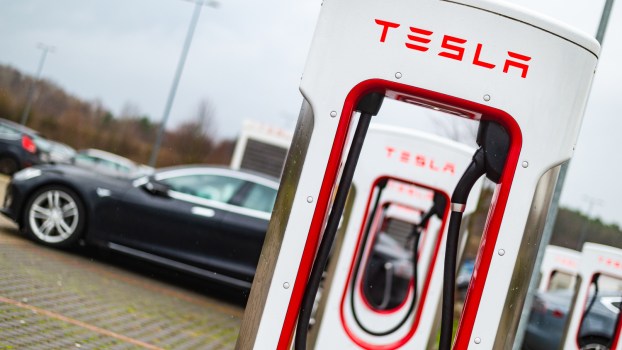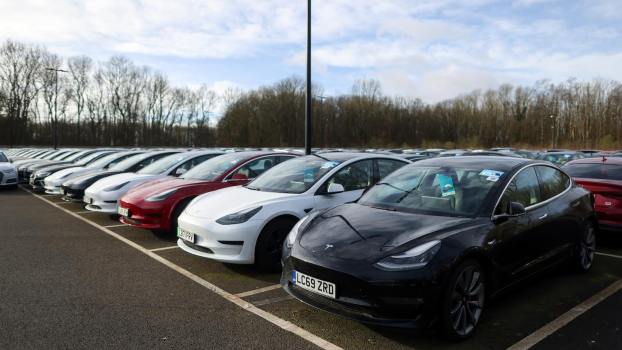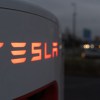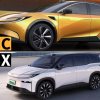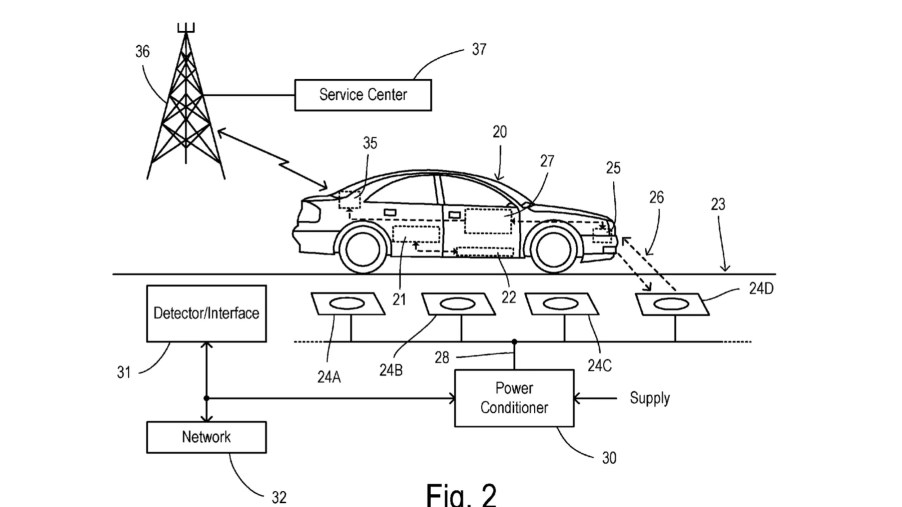
Did Ford Just Crack the Problem With EV Charging?
EVs EVs EVs. The electric car is here – and it’s thriving. There are many new electric models that people are excited to own. When once Tesla was the only real player, new companies like Rivian, Canoo, and historic brand icons like Ford and Porsche are now making electric cars that people can’t get enough of. Despite the platform’s popularity, there is still one major hurdle for EV owners and developers to cross: charging. Well, a new patent from Ford might be able to solve the charging problem.
How long does it take to charge an electric car?
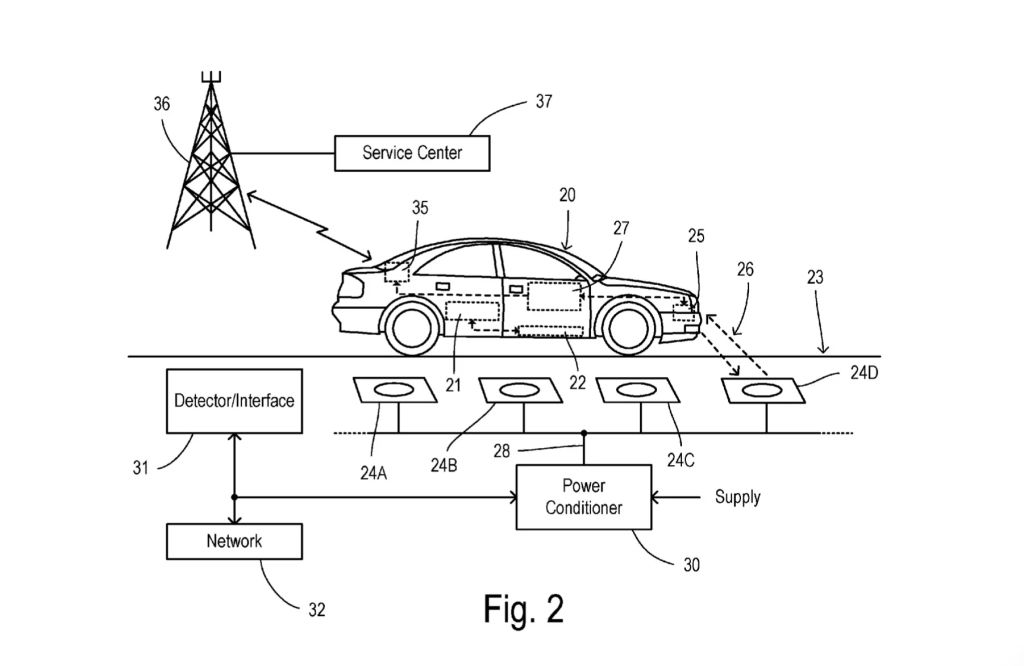
The range of charging times is vast. Tesla Superchargers are capable of fully charging certain cars within half an hour. However, other chargers paired with certain cars can take closer to half a day. Clearly, there are plenty of variables that control how quickly an electric car can charge. Differences like battery size, how old the car is, and the power output of the charger can greatly affect charging time. Even outside temperatures and when you drove last can all affect not only the range but also charge times.
If the answer sounds vague, that’s because it is. According to Green Car Reports, it can be nearly impossible to pin down a concise answer to this question. All we really have is a range of estimates.
Electric car charging is a problem. It is complicated, inconsistent, and not always available. Thankfully, Ford might have cracked the problem with a new patent.
Is there wireless electric car charging?
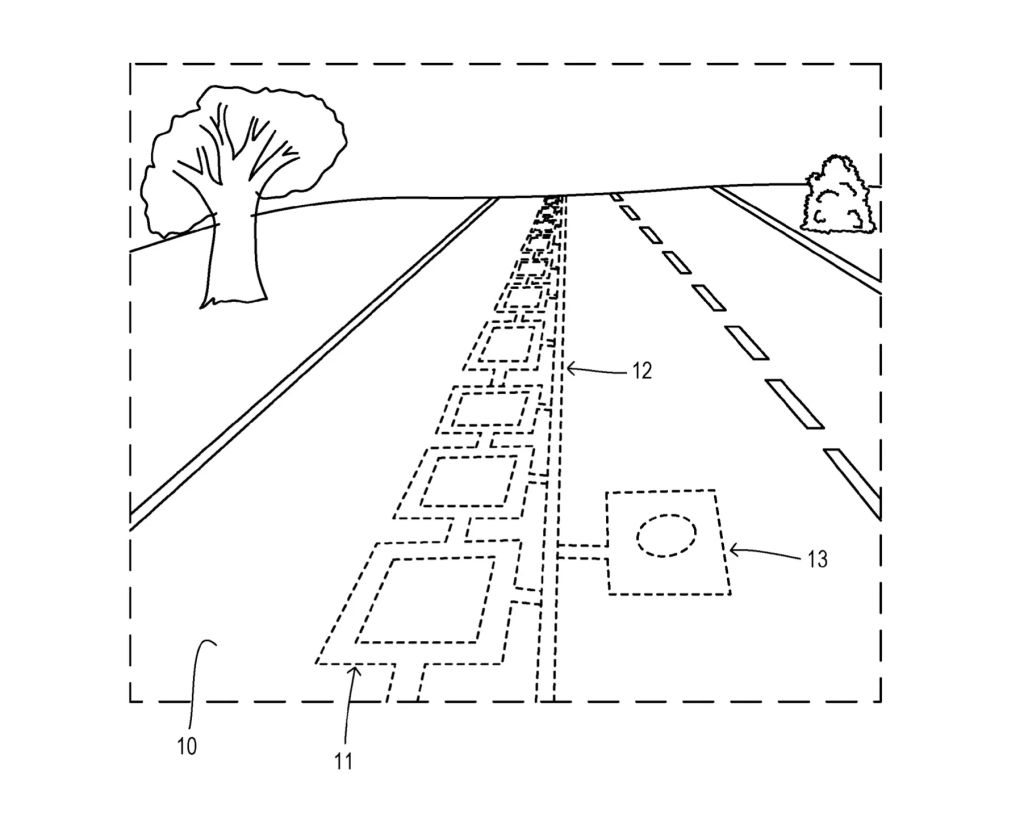
Ford just filed a new patent for wireless car charging. Green Car Reports first noticed the newly-filed patent. Not only would Ford’s “Roadway Charging Coil Alignment and Monitoring” patent wirelessly charge cars, but it could do so without having to stop the car.
While complicated and not overly popular yet, this technology isn’t exactly new. In 2020, SAE International, formerly the Society of Automotive Engineers, announced the first global standards for EV wireless charging at up to 11 kW. This sci-fi-sounding tech uses coils mounted in a transmitter (connected to a source of electricity) which sends power to a receiver mounted on the vehicle.
Pretty exciting right? Well, Ford’s patent takes this idea a step further. The patent paperwork shows that engineers at Ford think you bury these inductive charging coils under roadways. This idea would allow drivers to follow a certain path that would charge their rigs as they continued to travel. In order for the idea to work, drivers would have to follow a very precise path. However, if drivers were to veer from the exact placement even a little, it would cause a poorer connection and less efficient charging. But radar data could be fed into a system that would control steering in these places.
Is this actually happening?
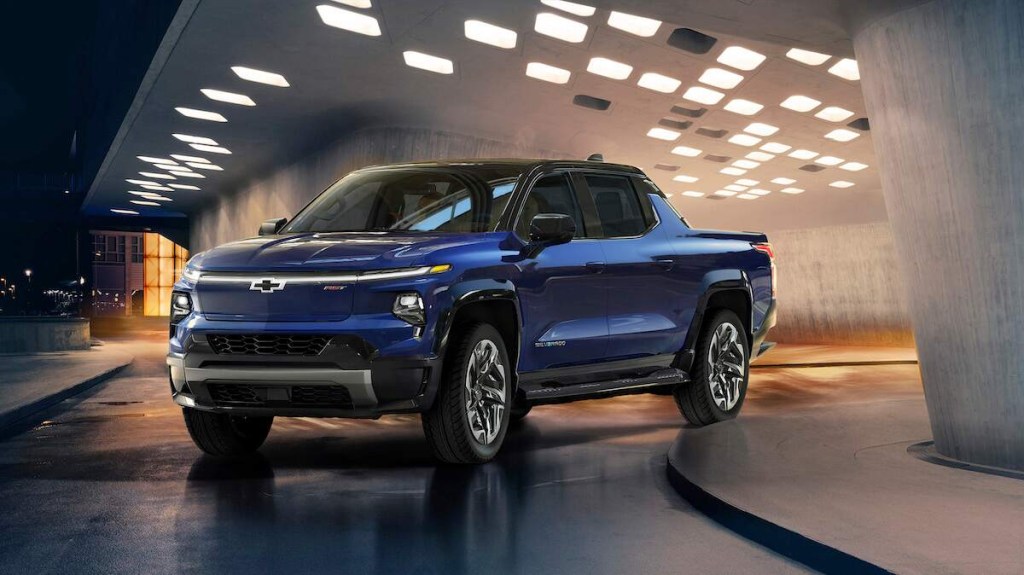
Not necessarily. Just because a patent is filed doesn’t mean that anyone plans to make it. Patents are often a form of insurance that if a new idea or tech is on the right track, that whoever filed the patent would have rights to the IP.
That said, there have already been a couple of similar wireless charging technologies that have traded hands. In 2017, Renault and Qualcomm (which sold its wireless charging patents) claimed to have charged a car while driving at 60 mph on a test track. And again, in 2020, wireless-charging hardware from Israeli tech company Electreon was used to charge moving trucks on a bit of Swedish road. Toyota has been upfront about its belief that dynamic wireless charging could even enable smaller batteries in future EVs.
This feels pretty next-level to a knuckle-dragging car dork like me, but (if viable) this idea would transform the way we interact with not only electric cars but driving in general.
